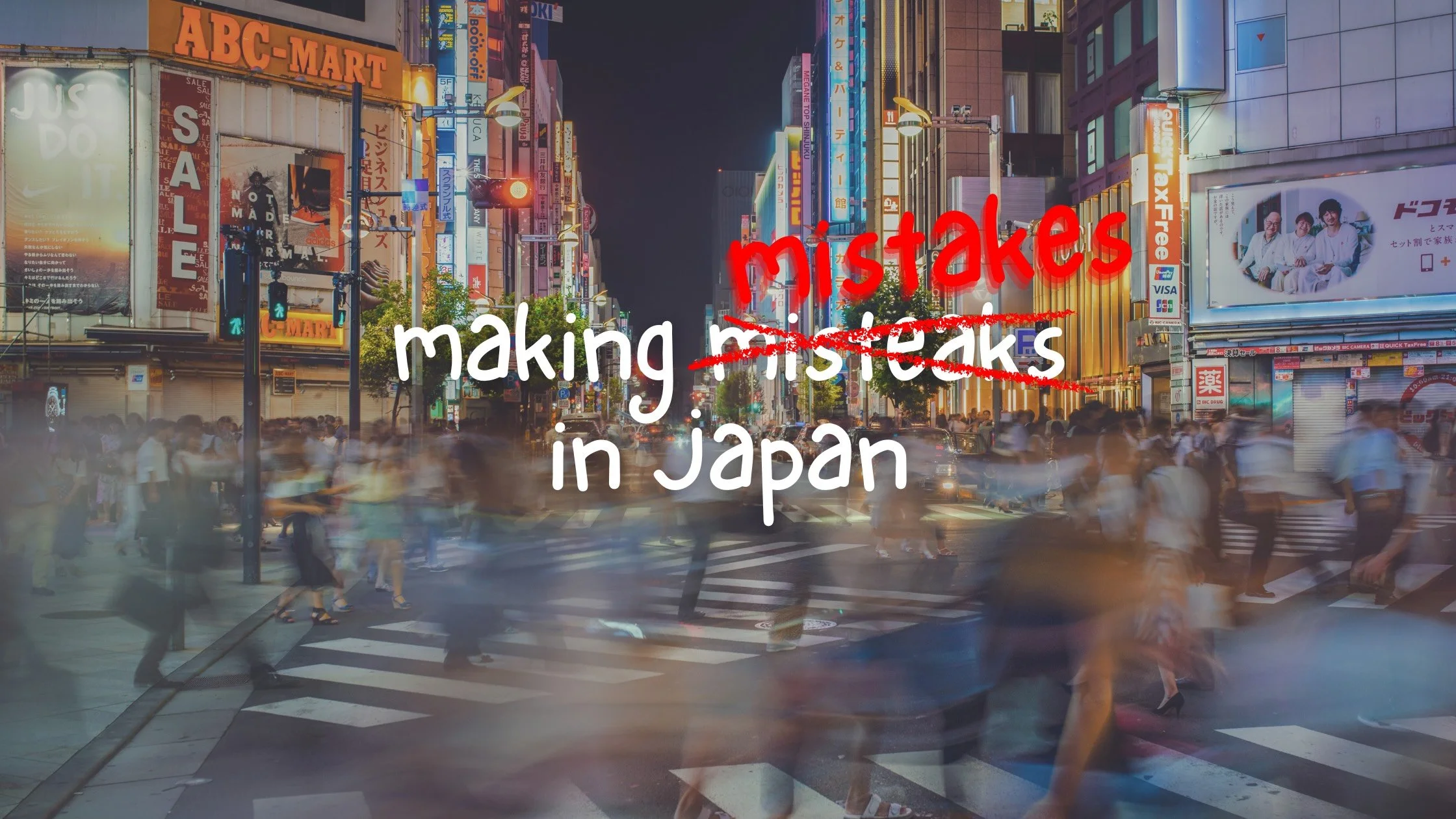Why Translating English Content to Japanese Isn't Enough
These are some of the questions we’re often asked by companies and clients that want to localize their English language content into Japanese:
Couldn't we produce this at a low cost by using a translation service?
If someone speaks Japanese well, they can do the copywriting, right?
When it’s in Japanese, the volume of text increased. Is it really necessary?
Here, we will explain why translation alone is not enough, as well as look at some of the unique difficulties when it comes to copywriting for websites, content and ads in Japanese.
Japanese People place an Emphasis on Textual Information
According to a survey by Adobe on Japanese digital consumption [J], the most common complaint with regard to content by brands was that the content was "too wordy / poorly written", which was said by 43% of respondents.
The second most common complaint was that it was "too personalized, making me feel uncomfortable", said by 25% of respondents.
Although images and videos have already become commonplace when conveying information, the individual kanji (Japanese writing system based on Chinese characters) that Japanese people use on a daily basis often contain multiple meanings.
This basically means that there’s information contained not only in the sentence, but also in each word depending on how it is spelled.
This likely leads to many Japanese people paying even more attention to the information contained in written content versus their Western counterparts.
Choosing Between Kanji, Hiragana, and Katakana
Japanese have three different writing systems that are used together, sometimes interchangeably.
The word "I" (watashi), for example, can be written as either "わたし," "私," or "ワタシ". None of these is exclusively the correct way of writing the word; they are all correct ways of writing it.
The "私" version is often used in business documents that aim for a more respectful tone, while "わたし" is used to provide a slightly softer nuance to the text. "ワタシ," meanwhile, is used to convey a more pop and friendly feel.
None of them can be deemed the singular correct way of writing "I". They are all used in different ways, particularly in a corporate context, and often depends on the company’s brand and policies.
Choosing which variation to use is one of the difficulties when relying on machine translation alone, as it is necessary to understand the context of the total situation.
What's more, there are many more variations of the first person in Japanese.
In addition to the above, there are other first person variations that can be used such as "わたしくし" (watakushi), "我" (ware), "オレ" (ore), "ぼく" (boku), "我輩" (wagahai), etc. They’re all correct, generally, but not considering how and where they’re used can harm a brand’s image to Japanese consumers.
The use of Honorific Language Changes Depending on the Person and the Place
Because misusing "keigo" (honorific language that follows linguistic rules unique to Japanese) gives off a rude impression, it is something that must be considered especially carefully in corporate communication.
For example, when correcting an error in a business setting, it is not "ごめんなさい" (gomen nasai), but "すみません" (sumimasen) that should be used.
However, always using the highest level of honorific language can give the impression of being harsh and inaccessible, leading to a perceived distance between the brand and consumers.
At the beginning of a Japanese social media post, for example, when writing "Today's post is ____!", it is less distancing to use "今日" (kyō) than "本日" (honjitsu) for "today", despite the latter being considered more professional.
Since both versions are correct Japanese, though, it is always necessary to consider how best to use them depending on the situation and their placements.
Visuals Are Also Difficult in Japanese
In Japanese, the subject and predicate can be understood regardless of their order in a sentence. Because of this, when translating, the length of the same sentence can change significantly depending on the order.
For example, the following two sentences contain the same message and information, but one of them is more than twice as long as the other.
A before and after of a message localization for Dropbox in Japan
Although Japanese people place more importance on textual information than their counterparts from other countries, simply writing a lot of text is not enough, as information that is not concise is immediately disregarded.
This can potentially result in creating a negative image for the brand, a huge hurdle to overcome in a market where trust is everything.
These were just some of the points that we’ve often talked about with our native Japanese copywriters when discussing localization.
If you would like to learn more about what companies should keep in mind when copywriting in Japanese, please do not hesitate to contact us.








